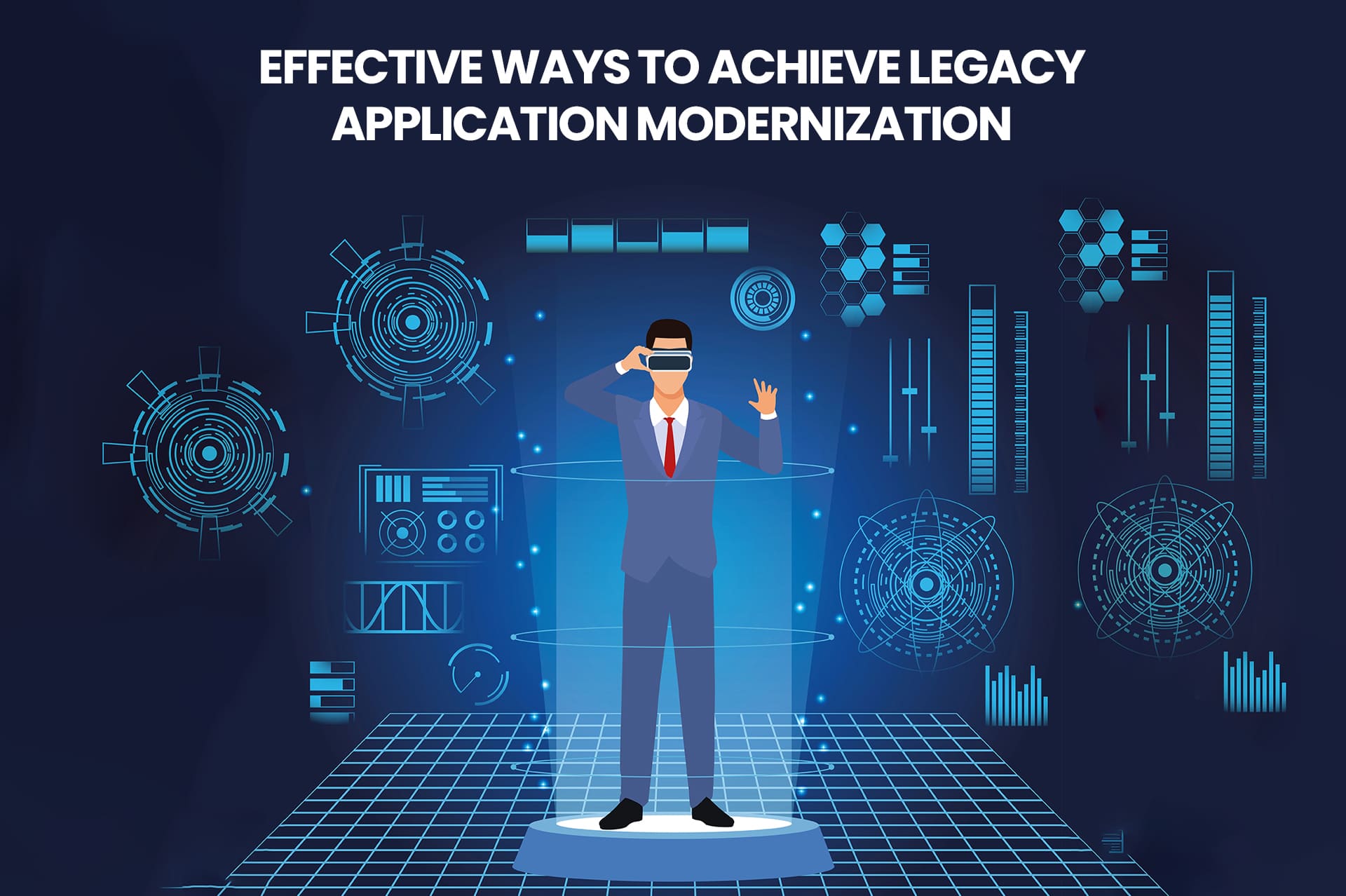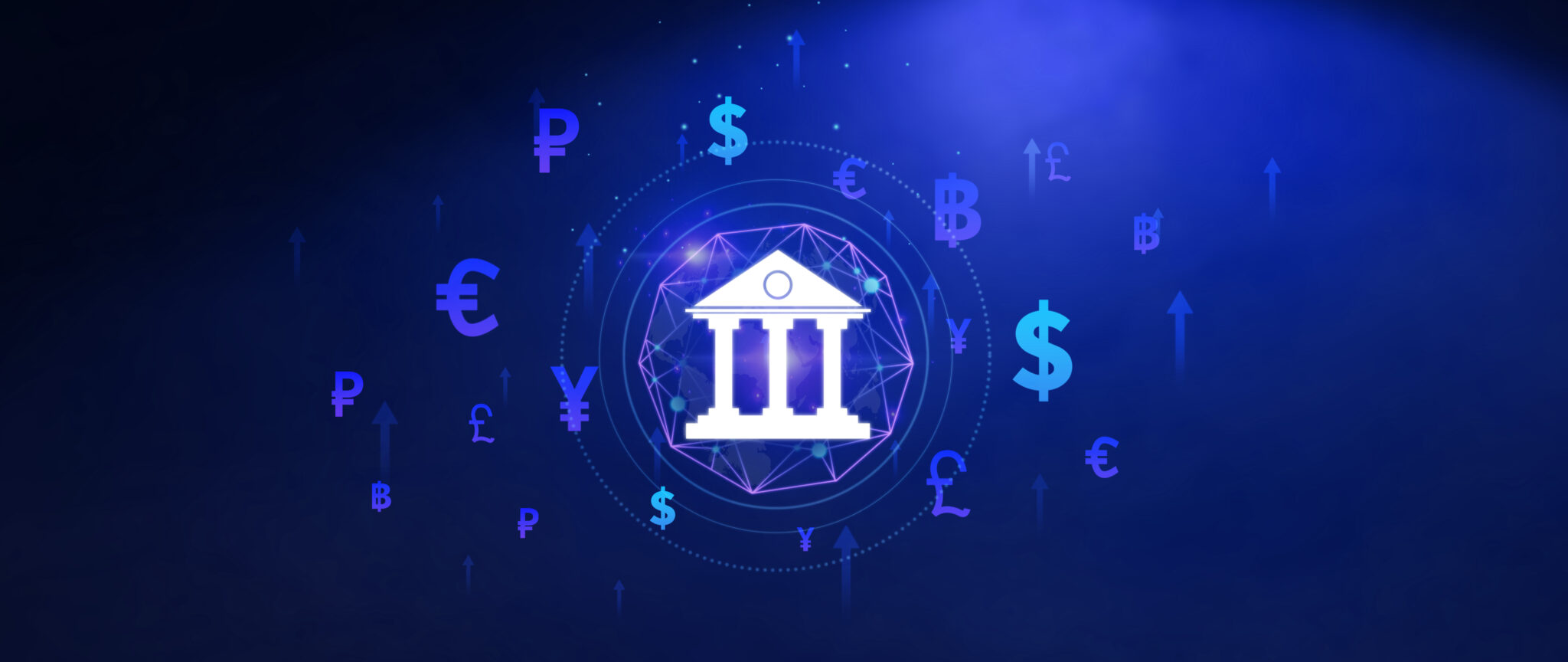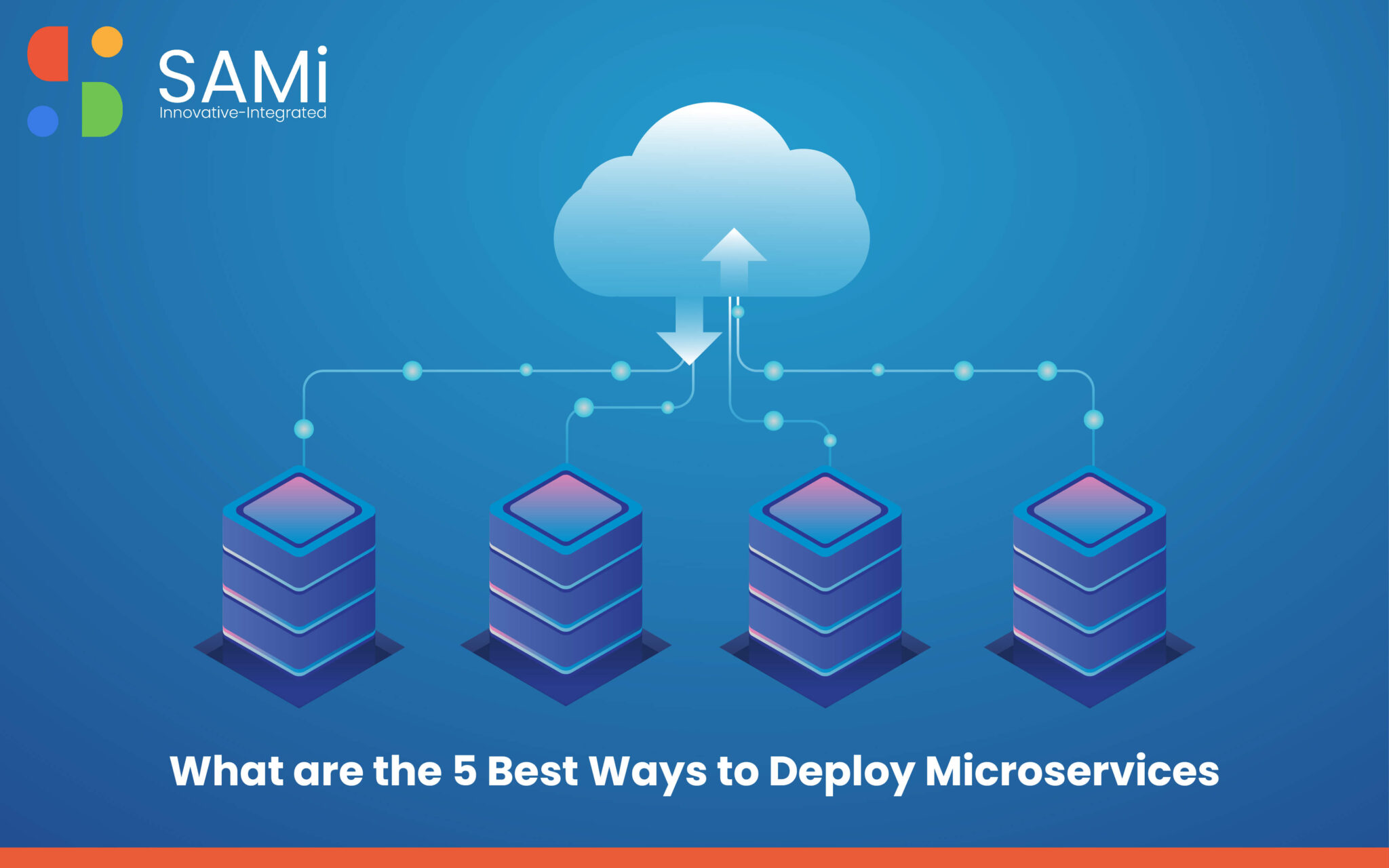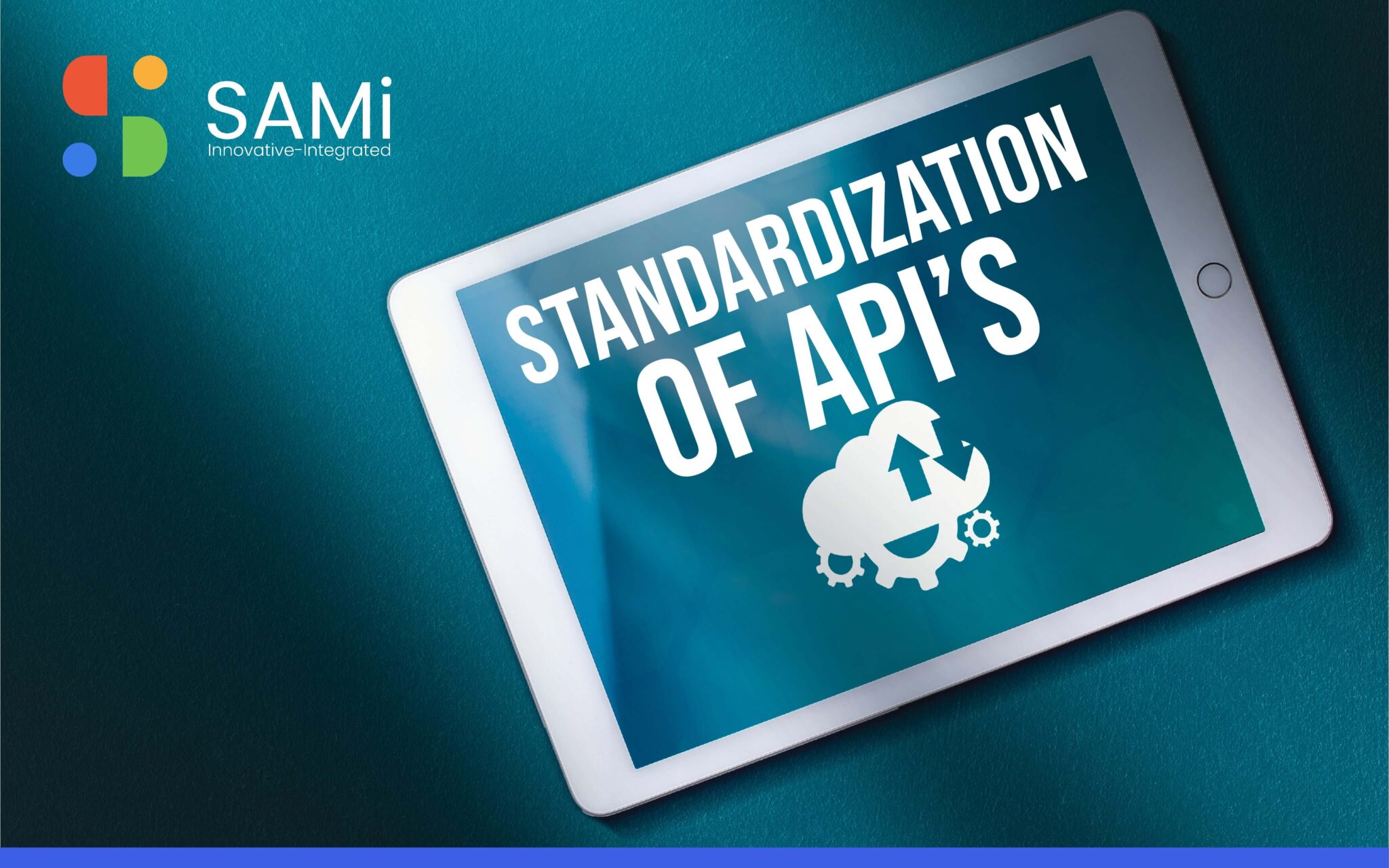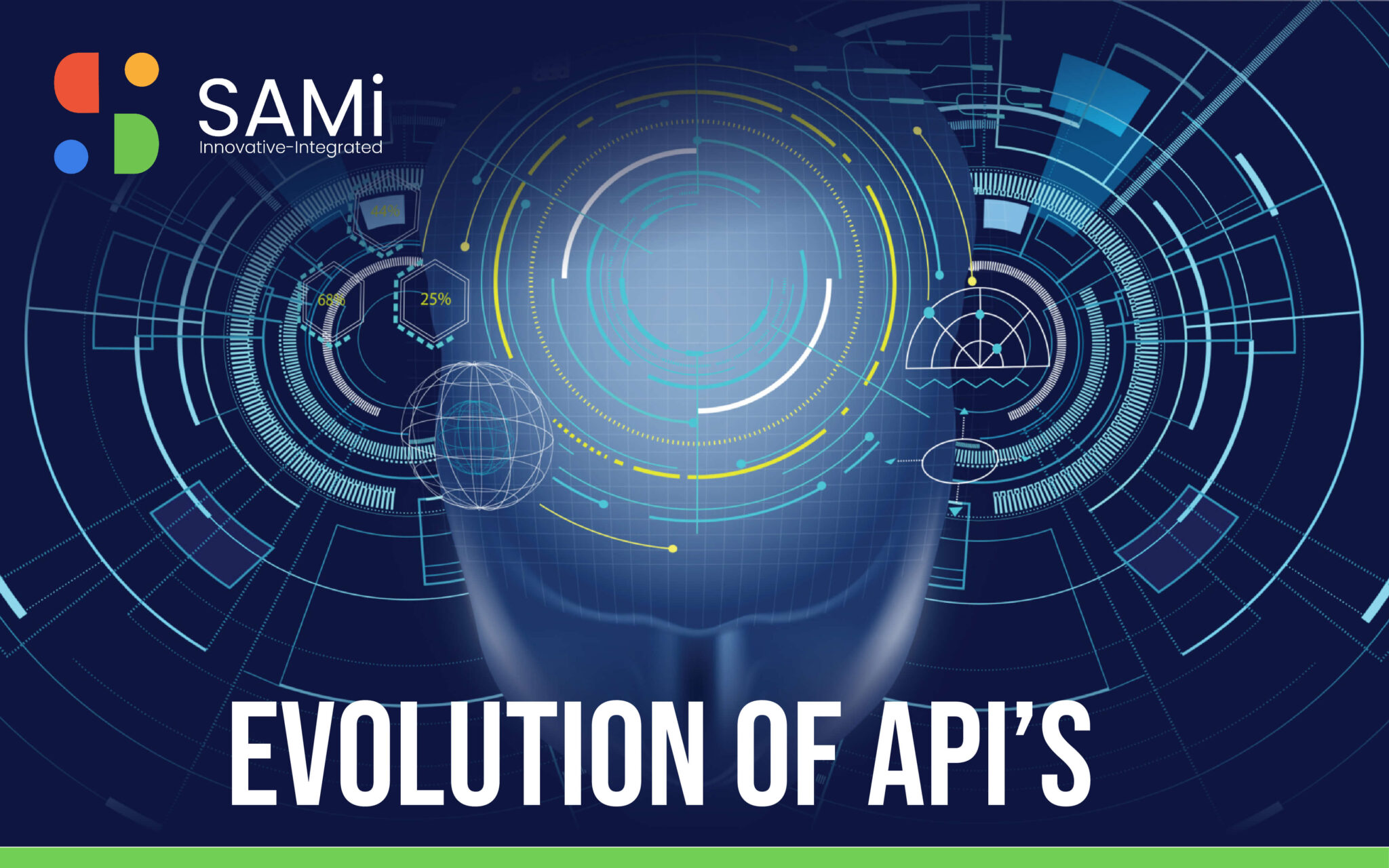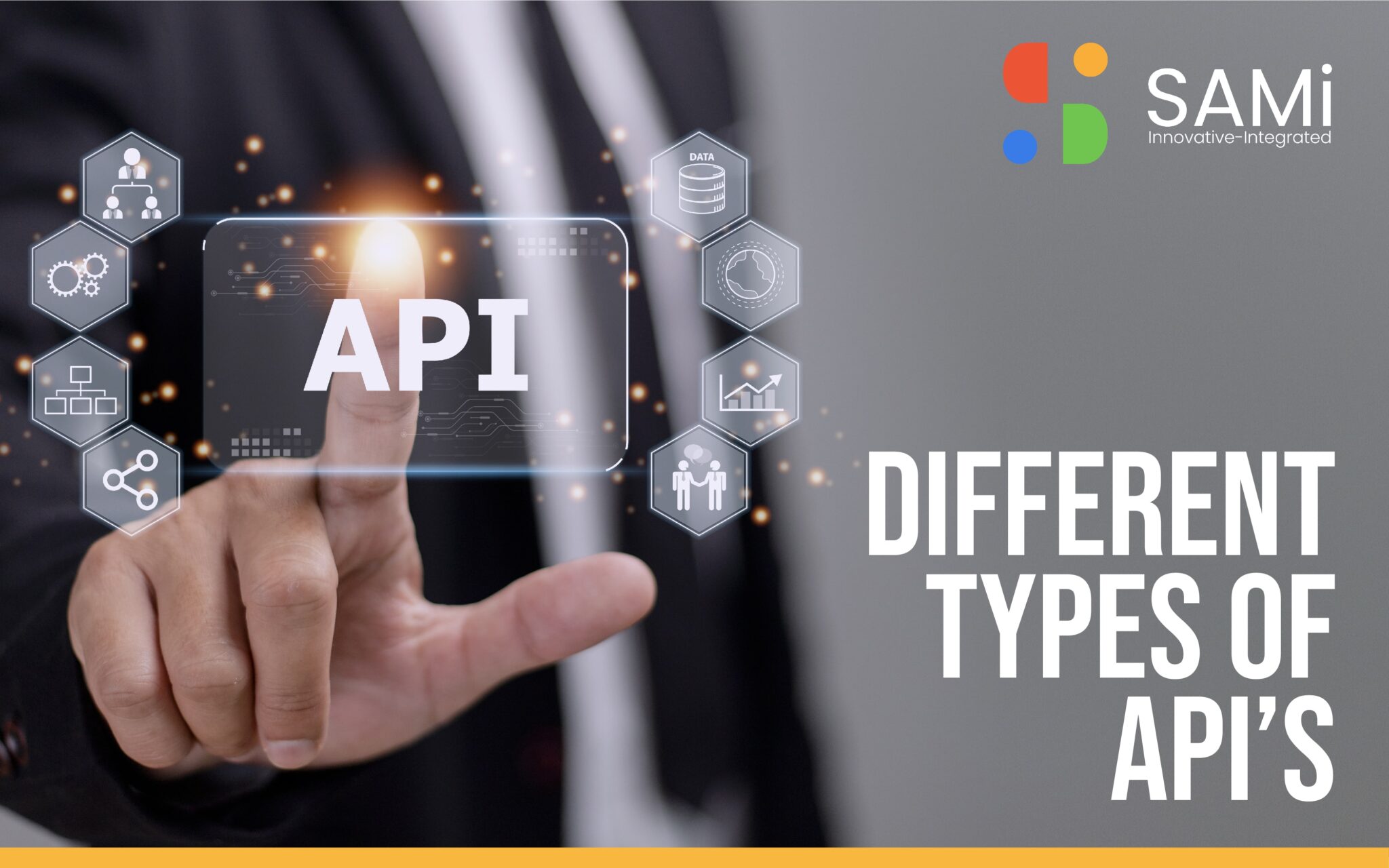Legacy application modernization is the process of updating and modernizing older, outdated software systems to make them more efficient, secure, and compatible with current technology. Legacy application modernization is a challenge for any organization. You may have a mature software development process, or you could be a new venture with limited resources. Regardless of the circumstances, it’s essential to address legacy modernization in an organization.
If left unattended, legacy applications are likely to become more complex, expensive to maintain, and disruptive to your company’s processes and culture. This blog covers key challenges with legacy application modernization and strategies you can use today to transform your legacy apps into modern ones that support your business and IT goals.
Also Read: 5 Best Practices for Application Modernization Strategies
How to achieve legacy application modernization?
A key challenge with legacy application modernization is a lack of clear vision. Organizations might start with a digital transformation initiative, but without an overarching strategy, it’s likely that teams will pursue digital transformation initiatives in parallel. This can make it hard to prioritize initiatives, and it’s likely that some transformations will fall by the wayside. In addition to a clear vision for legacy application modernization, you’ll need a roadmap for how you’ll achieve modernization in your organization. This roadmap will help you create a digital transformation roadmap, which you’ll use to align internal teams and stakeholders to help you modernize legacy apps. This roadmap should include details on the following: – What legacy apps need to be modernized – this will help you prioritize modernization efforts – What organizational capabilities are required to modernize legacy apps – as you’ll see, modernization impacts a range of teams and needs to be carefully orchestrated – Where you’ll get support for legacy application modernization – you’ll need outside partners and resources to help you modernize legacy apps.
Why it’s essential to modernize legacy apps?
The benefits of legacy application modernization are massive. Modernizing legacy apps means that your systems are more efficient and support the latest technologies. Legacy apps could also be more expensive to maintain, and they could be difficult to modernize. Modernizing legacy apps can therefore have a negative impact on your business. But legacy application modernization is a challenge worth tackling.
The key benefits of legacy application modernization are:
Improved efficiencies – Modernizing legacy apps can also reduce costs. By reducing the number of apps your organization has to manage, you can reduce overhead costs, and you can also reduce the risk that an app has a failure.
Support for latest technologies – Modernizing legacy apps can also lead to improved efficiencies. By using modern technologies, you could get better performance from legacy apps.
More expensive to maintain – Modernizing legacy apps could also lead to more expensive maintenance. By using older technologies, you’re likely to find that legacy apps need more maintenance. But, the other side of it is like you will have an improved performance after modernization that will eventually lead to faster and improved business operations and a better return on your investments.
Also Read: Application Modernization Trends To Watch in 2023
Effective Ways to Achieve Legacy Application Modernization
The following are some effective ways to achieve legacy application modernization:
- Roadmap – To achieve legacy application modernization, you need to overcome the challenges with legacy application modernization that we outlined earlier. To do this, you’ll need a roadmap for how you’ll achieve modernization in your organization. This roadmap will help you create a digital transformation roadmap, which you’ll use to align internal teams and stakeholders to help you modernize legacy apps. This roadmap should include details on the following:
- What legacy apps need to be modernized – this will help you prioritize modernization efforts
- What organizational capabilities are required to modernize legacy apps – as you’ll see, modernization impacts a range of teams and needs to be carefully orchestrated
- Where you’ll get support for legacy application modernization – you’ll need outside partners and resources to help you modernize legacy apps.
- How you’ll measure progress on your roadmap – you need to know if you’re making progress on your roadmap, so you can adjust your roadmap if needed.
- How you’ll engage stakeholders – you need to engage stakeholders in your modernization efforts, so they understand what you’re working on, and so they can provide support.
- Re-architecture: This involves breaking down the existing system into smaller, more manageable components and then rebuilding them using modern technologies and best practices. This approach can be time-consuming and costly, but it can also significantly improve the system’s performance and scalability.
- Containerization: This involves packaging the legacy application into a container, which is a lightweight and portable runtime environment that can run on any platform. Containerization allows the legacy application to run in isolation, making it more secure and easy to manage.
- Microservices: This involves breaking down the monolithic legacy application into smaller, independently deployable services that can be developed, tested, and deployed independently. Microservices can improve the system’s scalability and flexibility and also makes it more manageable.
- Cloud Migration: This involves moving the legacy application from on-premise servers to the cloud. Cloud migration can provide cost savings and scalability, as well as improved security, reliability, and disaster recovery.
- Continuous Integration/Continuous Deployment (CI/CD): This involves automating the development and deployment process, which can greatly speed up the modernization process and reduce the risk of errors.
- Third-Party Tools: There are many third-party tools available that can help automate the modernization process, such as code analysis tools, refactoring tools, and automated testing tools.
Also Read: How to Overcome Challenges of Application Modernization?
Conclusion:
Ultimately, the best approach to legacy application modernization will depend on the specific needs of the organization and the legacy application itself. It is important to carefully assess the current state of the legacy application and plan a modernization strategy that addresses the most critical issues while minimizing disruption to business operations.
If you’re trying to modernize your legacy apps, you’re likely facing a number of challenges. Modernizing apps often involves rewriting code, and rewriting code often results in significant disruption to processes and people. Legacy apps could also be expensive to maintain, and they could be difficult to modernize. These are the key challenges you’ll likely face with legacy application modernization, and how you can overcome them.
Don’t let outdated technology hold your business back. Achieve Legacy Application Modernization with our expert services and unlock new opportunities for growth and success.
